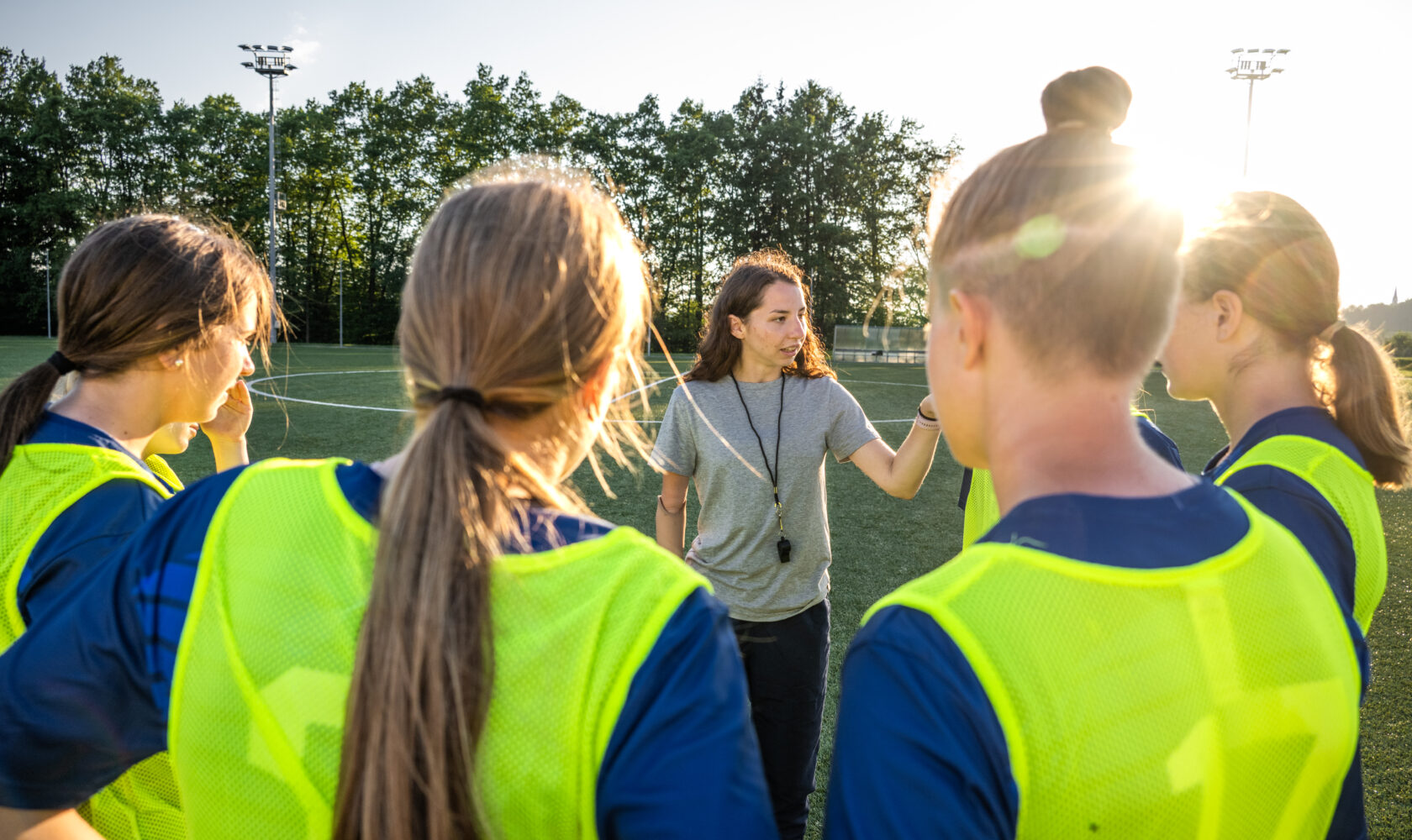How can coaches bring the Balance is Better approach to life? In this article, Andy Rogers, National Coaching Consultant at Sport NZ, outlines 12 key things coaches can do to incorporate Balance is Better into their coaching.
Like parents and teachers, coaches have a unique opportunity to positively impact the lives of young people. If you’re coaching rangatahi, thank you for the inspiring work you do. Coaching is about more than just sport, it’s about helping young people grow, stay active and enjoy the journey.
The Balance is Better approach encourages coaches to focus on long-term development, wellbeing and creating positive experiences for all young people – regardless of ability or ambition.
Here are 12 practical ways to bring this approach to life in your coaching:
1. Redefine Success Beyond the Scoreboard
Success isn’t just about winning – it’s about growth, joy, and connection. Great coaches look for smiles, progress and players who return season after season.
“Develop warriors, not just winners because character outlasts trophies.”
2. Coach People, Not Just Sport
Coaching is a chance to shape character, not just performance. When you coach the person first, better athletes follow and better humans too.
“Coaching character today grows the leaders our communities will need tomorrow.”
3. Build Self-Leadership
Young people thrive when they believe in themselves. Help them develop courage, resilience, and communication skills that last a lifetime.
“When young people grow in confidence, competence, and self-worth, they don’t just become better athletes, they become the kind of people who uplift their communities.”
4. Be a Servant Coach
The best coaches put their athletes first. They listen, understand, and support each individual’s needs. It’s not about being the expert, it’s about helping young people unlock their potential.
“It’s not about us, it’s about them. Serve first, lead second.”
5. One Size Doesn’t Fit All
Every young person is different. Great coaches adapt their approach to suit different motivations, abilities and backgrounds. Inclusion starts with understanding.
“Uniqueness demands custom solutions, know your players, coach the person.”
6. Support Psychological Needs
Young people stay in sport when they feel capable, connected, and in control. Use the principles of Self-Determination Theory – Autonomy, Relatedness, Competence – to guide your coaching.
“Motivation grows where belonging, choice and mastery live.”
7. Embrace the Messy Nature of Learning
Learning isn’t linear. Mistakes are part of the process. Let kids explore, experiment, and figure things out – especially during games.
“Mistakes aren’t failures: they’re stepping stones to growth and learning.”
8. Make It Fun and Safe
Fun is the number one reason kids play sport. Safe, supportive environments help them thrive. Ask what fun means to them and build it into your sessions.
“Kids don’t go to Disneyland to stand in lines, they go to ride the rides. If it’s not fun, they won’t come back.”
9. Use Competition Wisely
Competition can be a great teacher (if it’s developmentally appropriate). Focus on growth, not just results. Be aware of biases like early maturation and relative age.
“Choose development over short-term wins – because potential takes time.”
10. Think Long-Term
Most kids won’t become elite athletes but all can become active, healthy adults. Focus on long-term development, not short-term wins. Sport is just one part of a young person’s life. Encourage balance, multi-sport participation and interests outside of sport. Help them grow as whole people.
“Legacy is built through lifelong impact not just season highlights.”
11. Encourage Balance Beyond Sport
Support young people to explore life beyond sport. Encourage curiosity, creativity, and connection with their wider world. Sport should enrich life, not define it.
“A well-rounded life builds a well-rounded athlete because sport should grow the person, not just the player.”
12. Partner with Parents
Parents can be your biggest allies. Communicate openly, involve them in the journey and work together to support their child’s development.
“When coaches and parents unite, kids thrive and communities grow stronger.”







